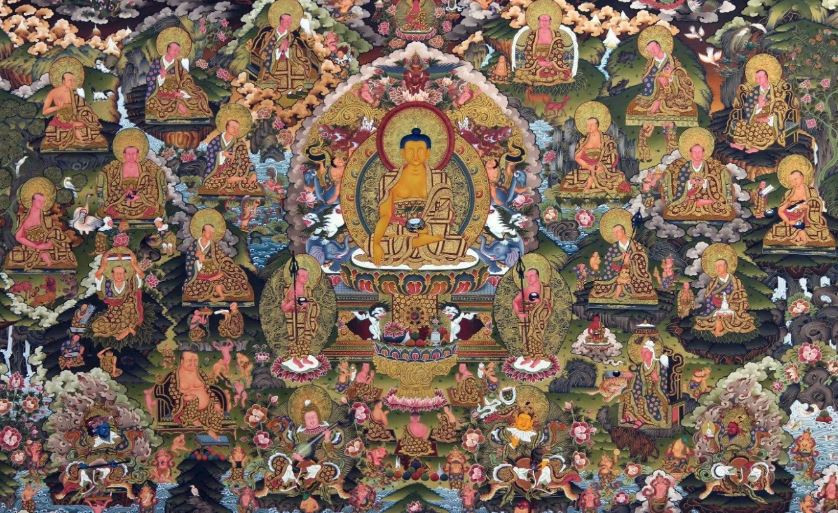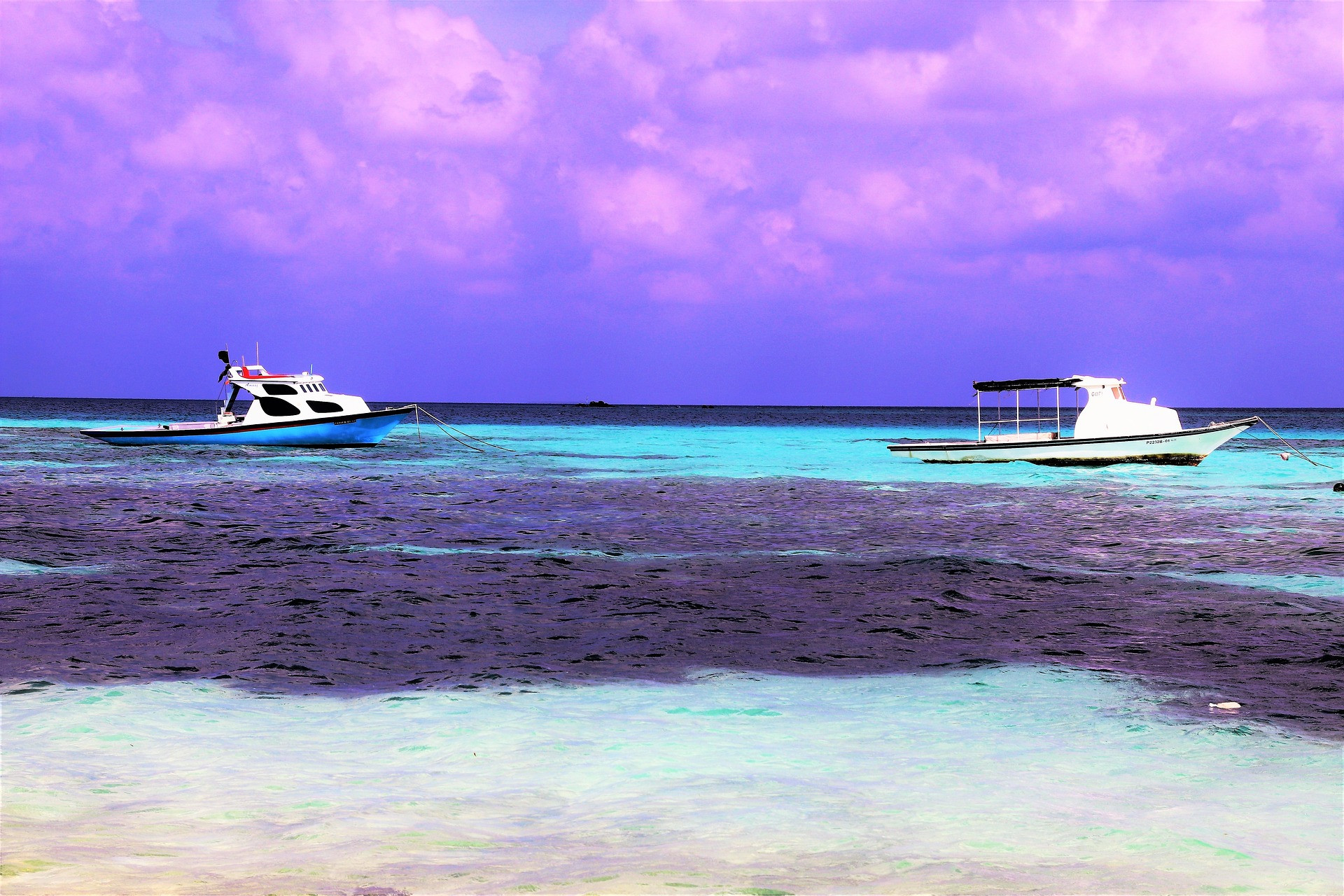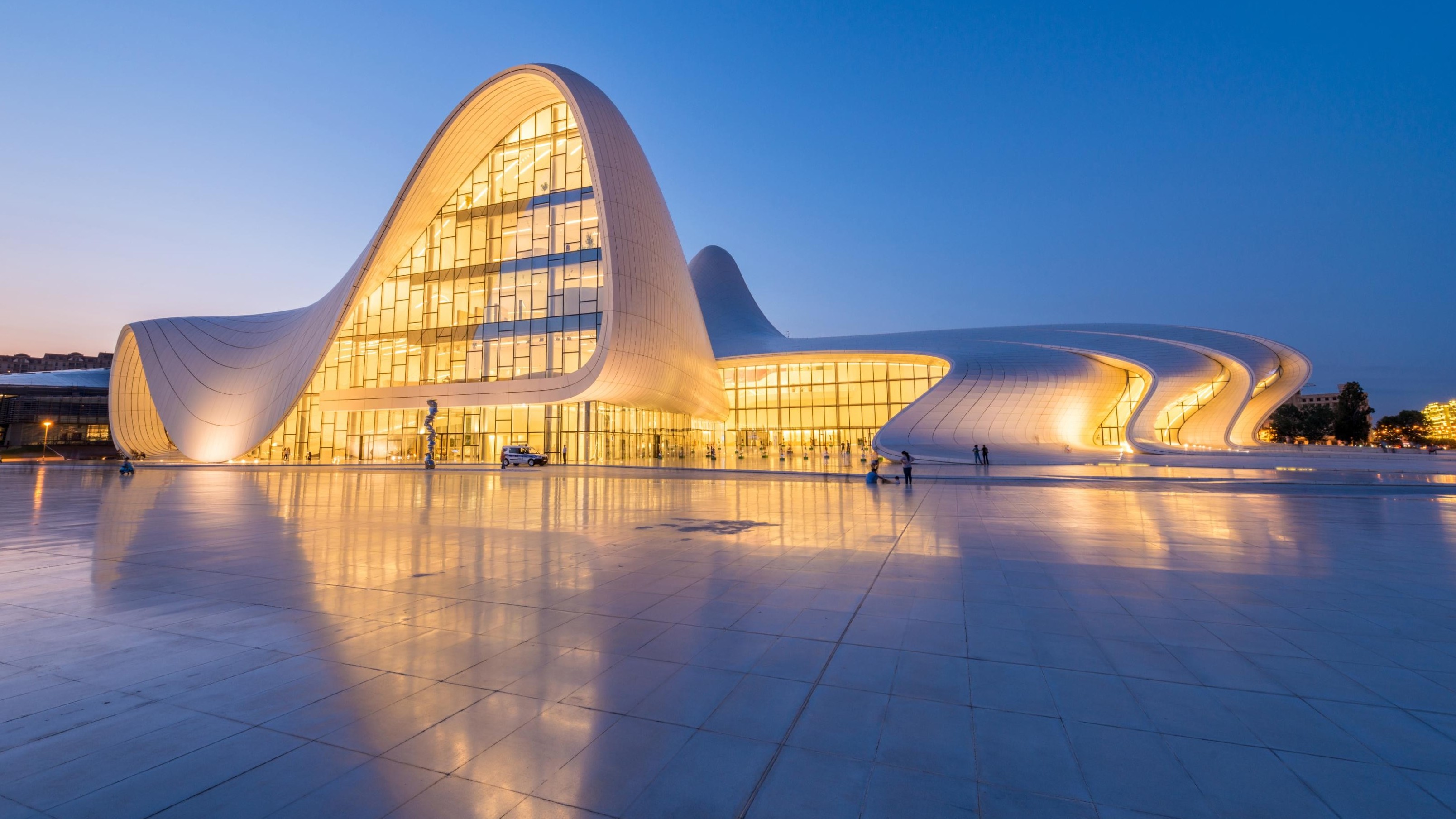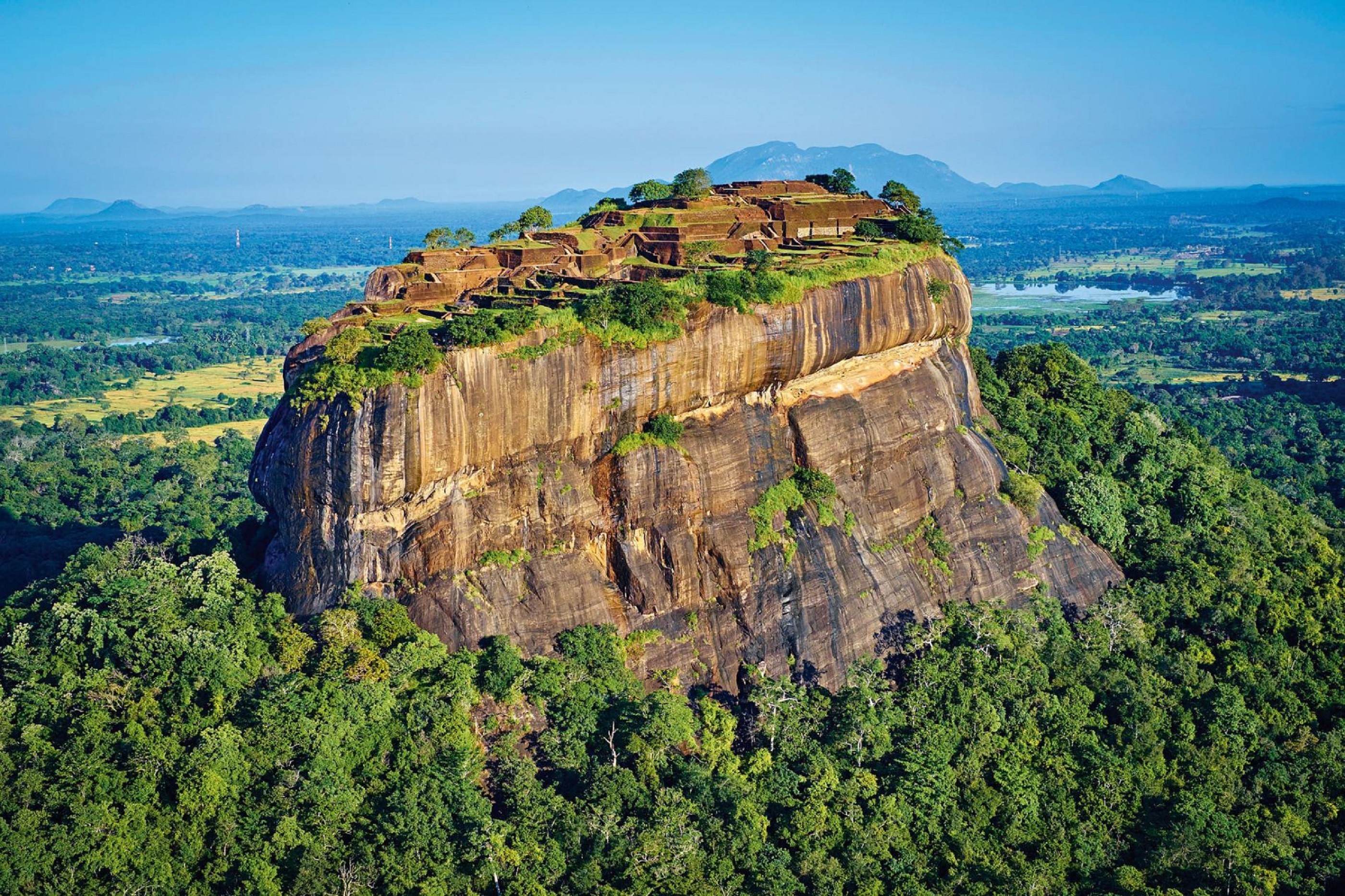Nepalese Art and Architecture

Nepalese architecture is a status that has become an important part of the country’s cultural heritage. The art apportioning with a place of dwelling is called architecture (Bastukala). Just like the art of painting and sculpture, the ancient architecture of Nepal is found to be an excellent even from the scientific point of view. Nepalese architecture is also considered to be very important amongst the cultural heritage arts of Nepal. Ancient architecture can be divided into three categories. The ancient architecture is the mind-blowing examples of wonderful craftsmanship and chiselling skills. The reflection of the efforts during medieval times is still seen in the heritages and architectural constructions.
Nepali Art and architecture holds a huge significance and resembles ancient history and the unique lifestyle of people. The arts and architecture are the identities of culture and traditions of ethnicities and a group of people. The civilization of humans can be drawn from the architectural values and the arts that region traces.
Nepal has always been admired for its wonderful cultural artefacts, religions, ethnicities, culture, chariot festivals and the way of living. Culture of Nepal is sometimes linked with the Hindu philosophy and Buddhism. The Indian Subcontinent and Tibetan Plateau has a huge influence in the culture of Nepal, on the base of which the art and architecture developed.
The majority of the people of Nepal follow Hindu religion and from the ancient to modern rulers of Nepal also were influenced by Hinduism and Buddhist philosophy. The shadow of which can be found on the architectural buildings and heritage sites of Nepal. The Hindu art of deities, Thangka paintings, temple construction style, and chaityas are the mindblowing outcomes of the culture and traditions of Nepal. The Muslim and Christianity influenced architecture are rare in Nepal as Nepal was previously a Hindu nation and still holds a majority of Hindus and Buddhists. And Nepal was never ruled by the Muslim and Christian emperors which might be the possible reason of Hindu and Buddhist influence in the architecture of Nepal.
The Pagoda Style
According to the historical facts, the pagoda style was introduced in Nepal during the beginning of the 13th century. It is believed that the pagoda style of Nepalese architecture was taken to China by Araniko and his colleagues from Nepal. Pagoda style means having more than one roof with a broader base and gradually narrowing tops. Man Griha of Man dev, the temple of Changu Narayan, Kailashkut Bhawan of Amshuverma, Bhadra Diwas of Narendra Dev of ancient times is some excellent examples of Nepalese architecture.

Many Pagoda style temples, Palaces and buildings were built during the Malla period. Dattatraya and Nyatapole of Bhaktapur, Kasthamandap of Kathmandu, etc are examples of Pagoda Style in Nepal. Nine storey palace of Basantapur and the palace Nuwakot built during Prithivi Narayan’s time are also built in this style. Temples of Pashupatinath, Taleju, Palanchowk Bhagwati are also examples of Pagoda style.
The Stupa or Chaitya Style
According to the Boudha tradition, the style of architecture having a broad base and gradually tempering upwards is called the Stupa or Chaitya Style. Emperor Ashok is believed to have introduced this style of architecture in Nepal. Maya Devi temple of Lumbini is its fine example.

This style has been popular in Nepal since ancient times. Swayambhunath and Boudhanath are excellent examples of the Stupa Style. Ashok Stupa of Patan is believed to be the oldest stupa of Nepal. Charumati Chaitya of Chawahil is also built in this style.
The Shikhar Style
The Shikhar style is also a fine traditional architecture. It is tall and looks like a pyramid. There are five to Nine perpendicular divisions or sections at the outer part of such architectures. There are Gajurs at the top of each section. They are broader at the lower portion and become narrower at the top. Krishna Mandir of Patan and Mahaboudha are excellent examples. Krishna Mandir was built by Malla king, Siddhinarsingh Malla. There are buildings and religious shrines built in Gumba Style, Mugal style etc in Nepal. Janaki Mandir of Janakpur is its example. There are some fine Gumba Style architectures, especially in the Terai.
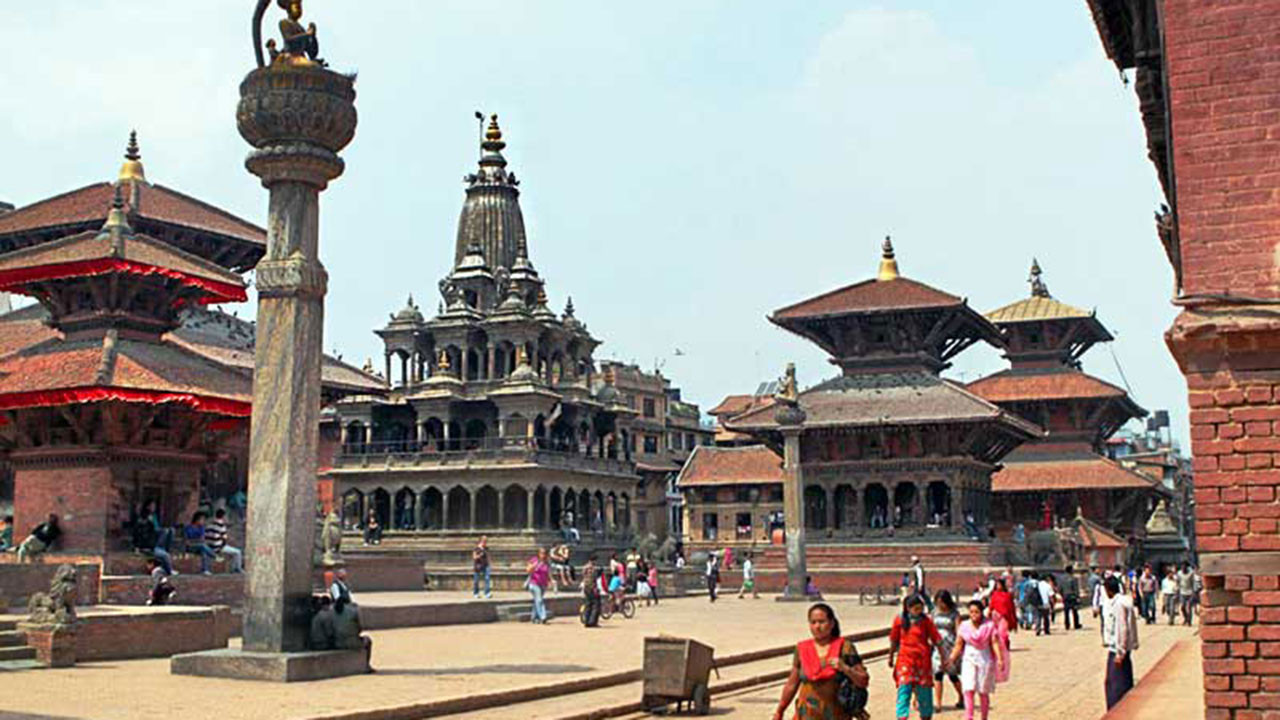
The Malla period palace of 55 stories in Bhaktapur, Rana period palace of Singha Durbar, Kesar Mahal, Thapathali Durbar, Sri Mahal, Rani Mahal etc are also some fine examples of the Nepalese architectures. We can see some of the European style architecture in these palaces.
Contemporary Architectural Development in Nepal
The modern architecture of Nepal is a beautiful specimen of ancient architecture. Architectural revolution in Nepal was believed to be during the reign of Kirats and Licchavis. The traditional architecture in Nepal then got a new form with huge changes and new insights during the Malla period. The Malla kings redesigned and made some changes to the existing architectural styles and the Malla period is remarkably known for its modern architectural revolutions. The artefacts from the Malla period are still popular and exist in some places in Nepal.
During the Rana regime, Nepali architecture took a turn towards the modern silhouette. Neoclassical style was introduced during the reign of Ranas in Nepal. An ideal example of Neoclassical style is Garden of Dreams that lies in the central Thamel. The western style was popular during the Rana and Shah regime and the style was brought from the Greek and Rome. The influence of Greek and Roman architectural style can be seen in the modern Durbars and Royal palaces of Nepal. The trend of making architectural changes in Rana and Shah rulers is the first step towards the modern architecture of Nepal.

Later on, architectural development and professional architecture trend were developed to build the unique buildings, palaces and royal houses. In terms of the design, functions, layout and material used, it is consequently changed with the evolving foreign and local architects. Some of the beautiful examples of contemporary architecture in Nepal are Shahid gate, Narayanhiti royal palace, Soaltee hotel, Amrit Science Campus, Hotel Yak and Yeti, Nepal Art Council, Rabibhawan, Pangre Ghar in Pulchowk etc.
The contemporary changes with huge western influence are popular in the general house blocks and building construction style. However, the ancient architecture of Nepal embarks the consequent development in the arts and civilization of the people in different areas of Nepal. Modern development is influenced by European Style, however, the trend of making hotels and houses in heritage style is also growing. For the conservation and preservation of heritage, the government of Nepal is also positive and working to reconstruct the heritages in the same style, preserving the monuments with sustainable practice.

